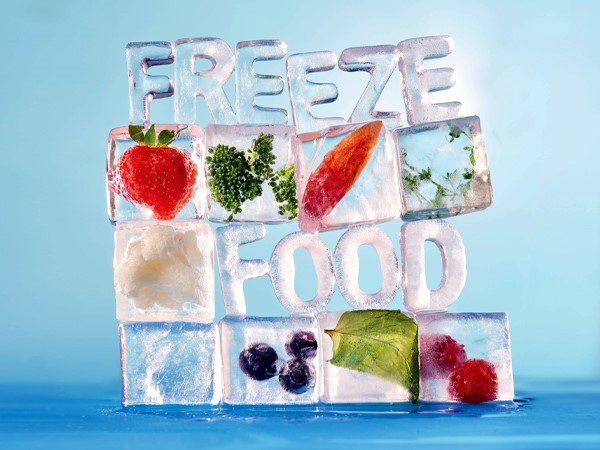Meat and Seafood
Prep: Soon after purchase, remove meat or seafood from store packaging. Fish fillets, chicken breasts, steaks, pork chops, and ground beef all freeze well.
Package: Tightly wrap food in plastic wrap or freezer paper, pressing wrapping against food surface. Next, wrap heavy-duty freezer foil around the food or place it in a resealable freezer bag.
Freeze: Store packages of meat or seafood in the coldest part of the freezer, farthest from the door, for 2 to 3 months.
Thaw: Place frozen packages in refrigerator and thaw gradually. If rushed for time, thaw in a microwave using DEFROST setting.
How-to Article
Description
Follow this easy-freeze guide to store essential ingredients, convenient meal starters, and baked goods. Learn how to prep, package, and freeze food to stay in ideal condition.
Directions
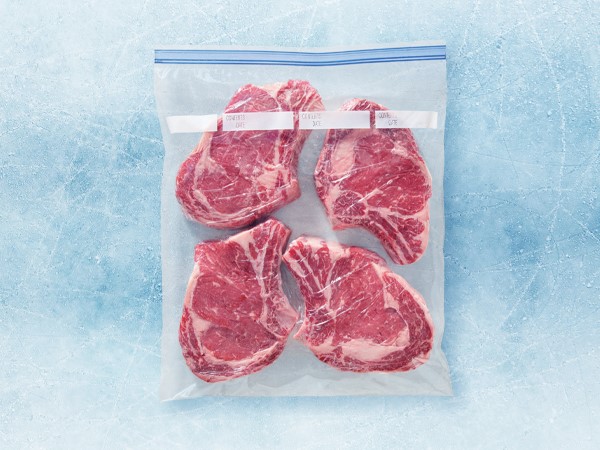
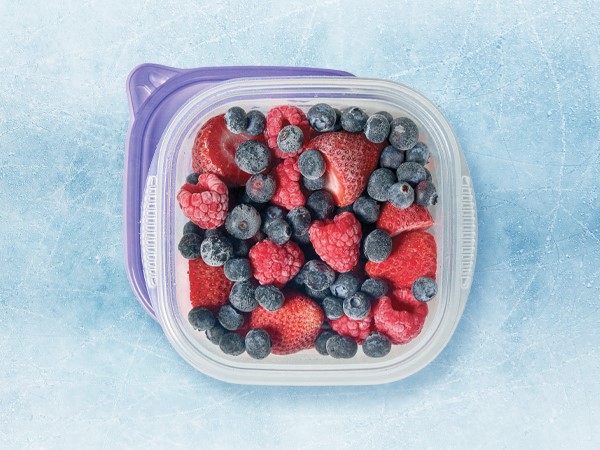
Fresh Fruits
Prep: Select fruits at peak freshness—berries, stone fruits, apples, and pears freeze well. Wash and prep fruit to freeze in one of several ways—in natural form, in sugar-and-water syrup, or lightly sprinkled with sugar. Treat fruits that are susceptible to browning with ascorbic acid or lemon juice.
Package: Place fruit in moisture-and-vapor-proof freezer bags or containers. Press out air, which leads to freezer burn. For an extra layer of protection, wrap bags in heavy-duty freezer foil.
Freeze: Freeze delicate fruits—berries, peach slices, etc.—in a single layer on a metal tray. Once frozen, transfer to freezer bags or containers; freeze for 8 to 10 months.
Thaw: thaw fruits in bag or container in fridge or a bowl of cold water. use frozen fruit for recipes such as smoothies and/or pies.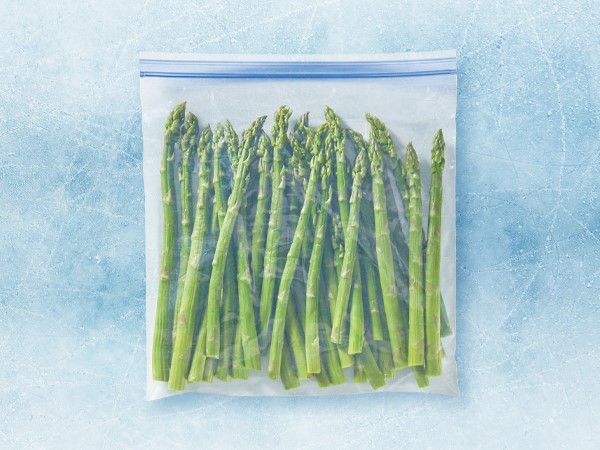
Fresh Vegetables
Prep: Choose veggies at peak freshness—corn, peas, green beans, carrots, and broccoli freeze well. Wash and prep veggies; then blanch, or cook briefly, in boiling water and plunge into ice water. cool veggies for the same amount of time as blanching, then drain well. Blanching maintains nutrients and preserves flavors and colors.
Package: Place veggies in moisture-and-vapor-proof freezer bags or containers. Press out air, which leads to freezer burn. For an extra layer of protection, wrap bags in heavy-duty freezer foil.
Freeze: Lay bags flat in a single layer in the freezer or leave space between containers. Once frozen, stack bags or containers to conserve space. For the best flavor and texture, use frozen vegetables within 8 to 10 months.
Thaw/Reheat: Vegetables are best cooked from frozen. Add them directly to boiling water or microwave them with 2 tablespoons water on HIGH or until crisp-tender.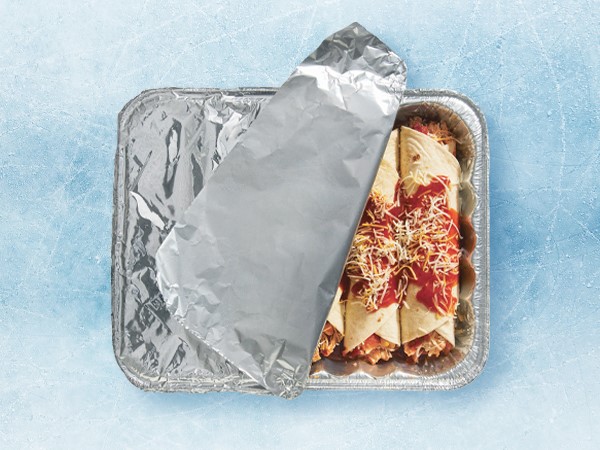
Entrees and Casseroles
Prep: Thoroughly cool baked casseroles before freezing. To prep unbaked dishes, such as lasagna, for freezing, line the baking dish with heavy-duty freezer foil before building the layers.
Package: Place individual portions of baked casseroles in moisture-and-vapor-proof freezer containers. Wrap unbaked casserole dishes in heavy-duty freezer foil. Once frozen, remove casserole from the dish, tightly wrap in foil and plastic wrap, and replace in freezer.
Freeze: Stack frozen casseroles in the freezer. Freeze for up to 6 months.
Thaw/Reheat: Thaw a baked casserole in the refrigerator, then heat through (165 degrees). Unwrap a frozen unbaked casserole, pop it back into the baking dish, and thaw overnight in the refrigerator. Bake until bubbly and an instant-read thermometer in the center reads 165 degrees.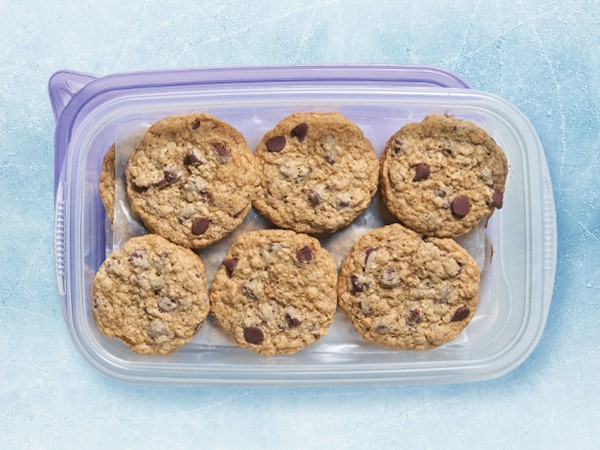
Baked Goods
Prep: Thoroughly cool unfrosted cakes bars or cookies before freezing.
Package: double-wrap cake layers in plastic wrap, then heavy-duty freezer foil. Layer cookies between sheets of waxed paper in the freezer containers. Freeze raw cookie dough in freezer containers. For logs of cookie dough, roll and wrap dough in plastic wrap and heavy-duty freezer foil.
Freeze: Store cake layers on a flat surface in the freezer to maintain shape. Freeze cookies, bars, or cakes for up to 3 months.
Thaw: Thaw cake layers and cookies on the counter for about an hour. Thaw frozen cookie dough in the container in the refrigerator. If dough is too stiff to work with, let it stand at room temperature to soften.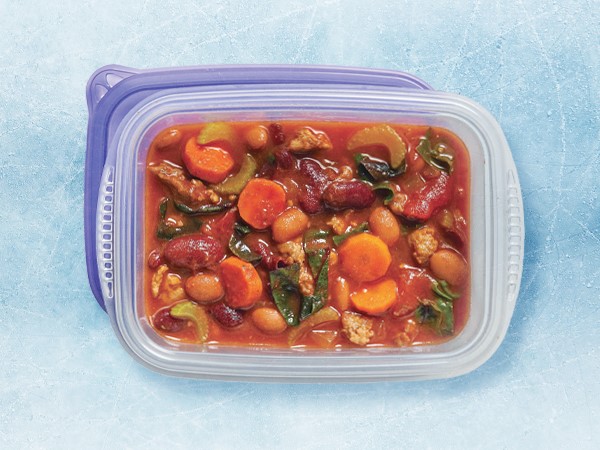
Soups/Stews
Prep: Cool hot soup or stew quickly by placing it in a bowl set over another bowl filled with ice water. Or pour it into a large shallow pan to cool quickly.
Package: Ladle cooled food into moisture-and-vapor-proof freezer bags or containers. Use quart-size packages to allow food to freeze quickly.
Freeze: Lay bags flat in a single layer in the freezer or leave space between packages. Once frozen, stack bags or containers to save space. Freeze soups and stews up to 3 months.
Thaw/Reheat: Thaw frozen soups or stews in the refrigerator overnight or in the microwave on DEFROST setting, never at room temperature. Reheat chowders over low heat; gumbo, stew, and hearty soups over medium-low heat. Stir occasionally.Related Content, Soup, Chili & Stew
That’s Smart! One-Pot Chili
